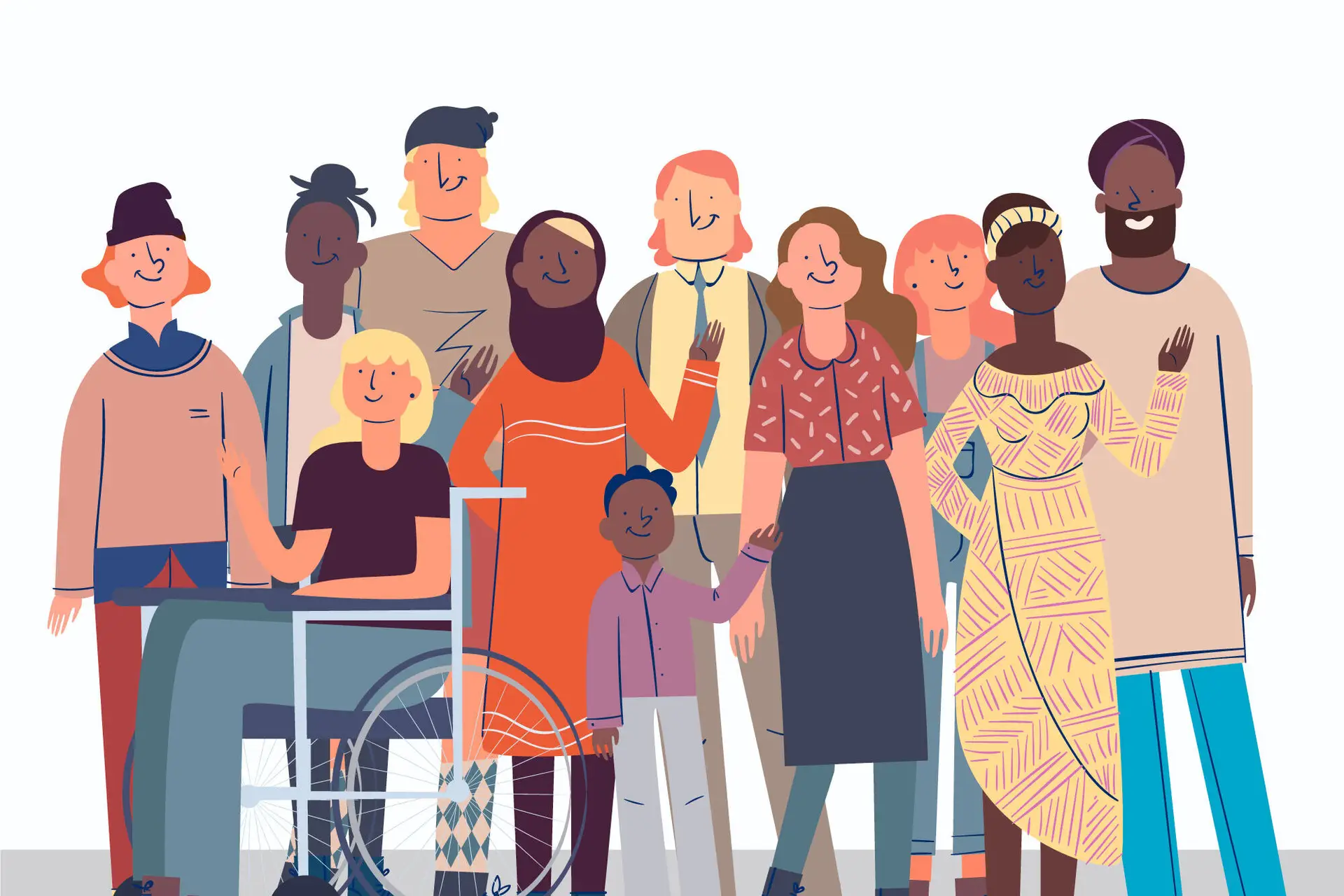
In today’s evolving workplace landscape, fostering diversity and inclusion in recruitment has become increasingly pivotal for organizations committed to fostering equitable and thriving environments. By prioritizing diversity and inclusion in recruitment practices, companies not only enrich their talent pools but also cultivate environments that celebrate and harness the strengths of individuals from varied backgrounds. Here, we explore strategies for optimizing diversity and inclusion in recruitment processes.
- Assessment and Planning:
- Conduct a thorough audit of current recruitment processes to identify biases and barriers to diversity and inclusion.
- Best Practice: Utilize tools like Diversity, Equity, and Inclusion (DEI) assessments to comprehensively evaluate existing practices.
- Leadership Commitment:
- Gain commitment and support from leadership to prioritize diversity and inclusion in recruitment efforts.
- Best Practice: Establish a diversity council or task force with leadership representation to oversee DEI initiatives.
- Training and Education:
- Provide training to recruiters, hiring managers, and interviewers on unconscious bias awareness and mitigation techniques.
- Best Practice: Offer regular, interactive training sessions that incorporate real-world scenarios to reinforce learning.
- Job Descriptions and Advertisements:
- Use inclusive language in job descriptions and advertisements to attract a diverse pool of candidates.
- Best Practice: Incorporate statements affirming commitment to diversity and inclusion in all job postings.
- Diverse Sourcing Strategies:
- Expand sourcing strategies to reach underrepresented groups through targeted outreach efforts.
- Best Practice: Actively engage with diversity-focused organizations and communities to build relationships and access diverse talent pools.
- Structured Interview Processes:
- Implement structured interview processes with standardized questions to ensure fairness and minimize biases.
- Best Practice: Use blind resume screening and diverse interview panels to promote objectivity and inclusivity.
- Candidate Experience:
- Provide a positive and inclusive candidate experience throughout the recruitment process.
- Best Practice: Solicit feedback from candidates to continuously improve inclusivity and transparency.
- Data Collection and Analysis:
- Collect data on the demographic makeup of applicant pools, interviewees, and hires to track progress toward diversity goals.
- Best Practice: Regularly review recruitment data to identify areas for improvement and measure the effectiveness of diversity initiatives.
- Continuous Improvement:
- Regularly review and update recruitment processes and practices to address any identified gaps or challenges.
- Best Practice: Foster a culture of continuous learning and improvement by encouraging experimentation and sharing best practices.
- Integration with Overall Diversity Strategy:
- Ensure that diversity and inclusion in recruitment are aligned with the organization’s broader DEI strategy.
- Best Practice: Collaborate with other departments to leverage resources and expertise in support of shared DEI objectives.
- Accountability and Recognition:
- Hold recruiters and hiring managers accountable for advancing diversity and inclusion goals in recruitment.
- Best Practice: Recognize and celebrate successes in diversifying the workforce to reinforce commitment and motivation.
Diversity and Inclusion Books:
- “The Diversity Advantage: Fixing Gender Inequality In The Workplace” by Ruchika Tulshyan
- “Inclusion: Diversity, The New Workplace & The Will To Change” by Jennifer Brown
- Hiring for Diversity: The Guide to Building an Inclusive and Equitable Organizationby Arthur Woods , Susanna Tharakan
By incorporating these actionable steps and best practices into the recruitment process, organizations can build a more inclusive workforce that reflects the diverse perspectives and experiences of their employees and customers. Embracing diversity and inclusion isn’t just a moral imperative—it’s a strategic advantage that drives innovation, enhances employee engagement, and ultimately leads to greater organizational success. Together, let’s create a workplace where everyone feels valued, respected, and empowered to thrive.



